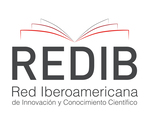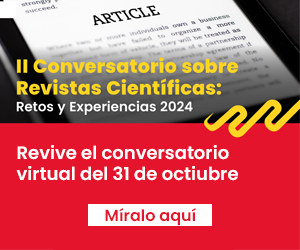Relationship between consumption of ultra-processed food and anthropometric parameters in school aged children
DOI:
https://doi.org/10.20453/rmh.v30i2.3545Keywords:
Industrialized foods, child, adolescent, Peru.Abstract
Obesity and non-transmissible chronic diseases are becoming epidemic in Latin America, both in adults and children-adolescents. Objectives: To determine the relationship between consumption of ultra-processed food and anthropometric parameters in school age children of a school in El Agustino, Lima. Methods: A cross-sectional study was carried-out applying a questionnaire about consumption of ultra-processed food and measuring anthropometric parameters in school children between 9-17 years of age during November 2017. High consumption was considered (≥ 5 points) and low consumption (< 5 points). Data on sociodemographic information (age in years and gender); weight; height; body mass index (BMI); body mass index for age; height for age and abdominal perimeter were collected as well. Results: A high frequency of low consumption of ultra-processed food was found (58.18% in elementary school age and 60.5% in secondary school age children). A relationship of consumption of ultraprocessed food with weight (p=0.009), BMI (p=0.017), BMI/age (p=0.031) and abdominal perimeter (p=0.033) was found among elementary school age children. Among secondary school age students, a relationship between age and low consumption of ultra-processed food was found (p=0,008). Conclusions: Among elementary age students a relationship of consumption of ultra-processed food and weight, BMI, BMI/age and abdominal perimeter was found, while only a relationship with age was found among secondary age students.
Downloads
Downloads
Published
How to Cite
Issue
Section
License
Authors assign their rights to the RMH so that may disseminate the article through the means at their disposal. The journal will provide forms of affidavit of authorship and authorization for the publication of the article, which shall be submitted with the manuscript. Authors retain the right to share, copy, distribute, perform and publicly communicate their article, or part of it, mentioning the original publication in the journal.



















